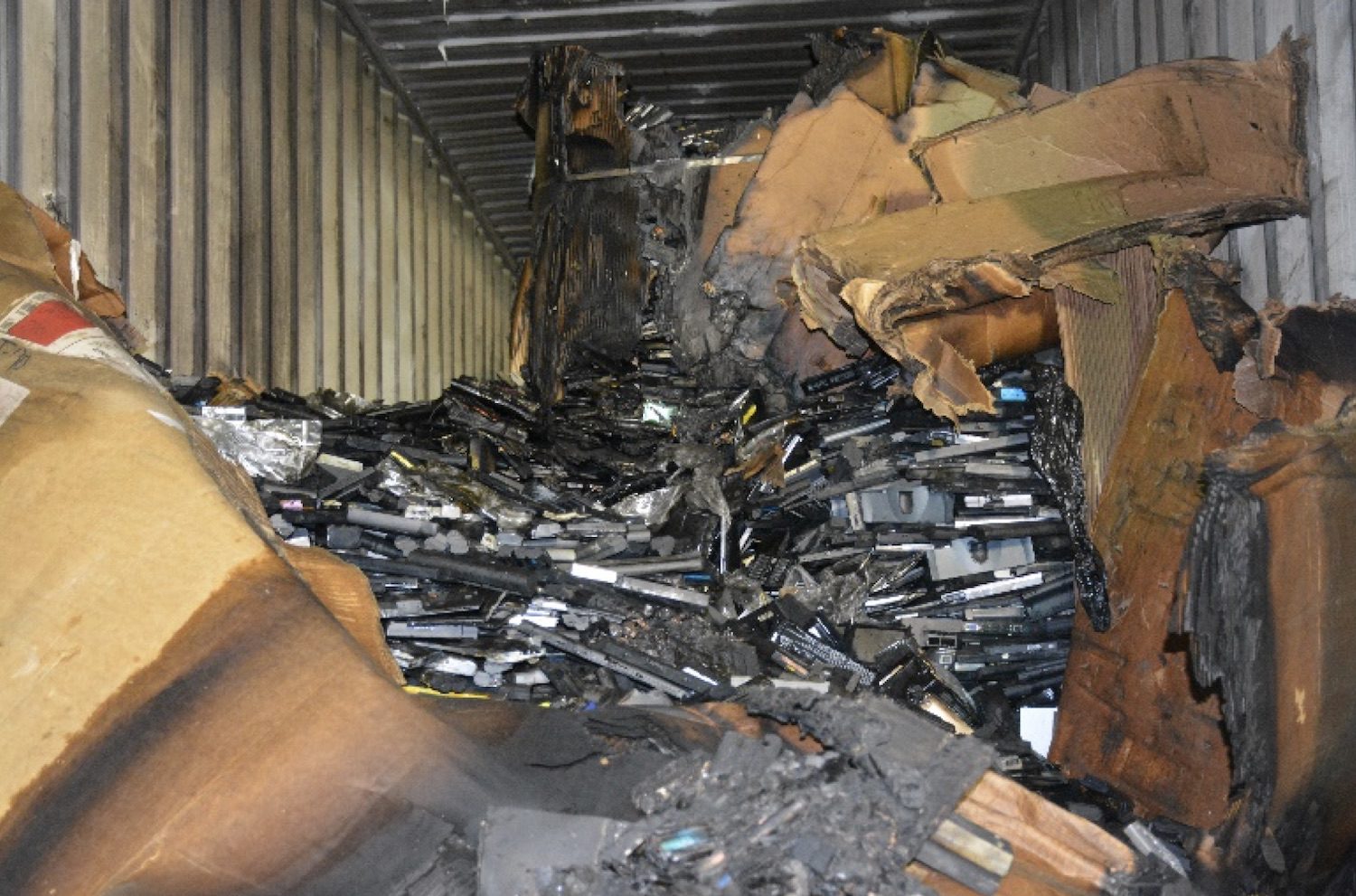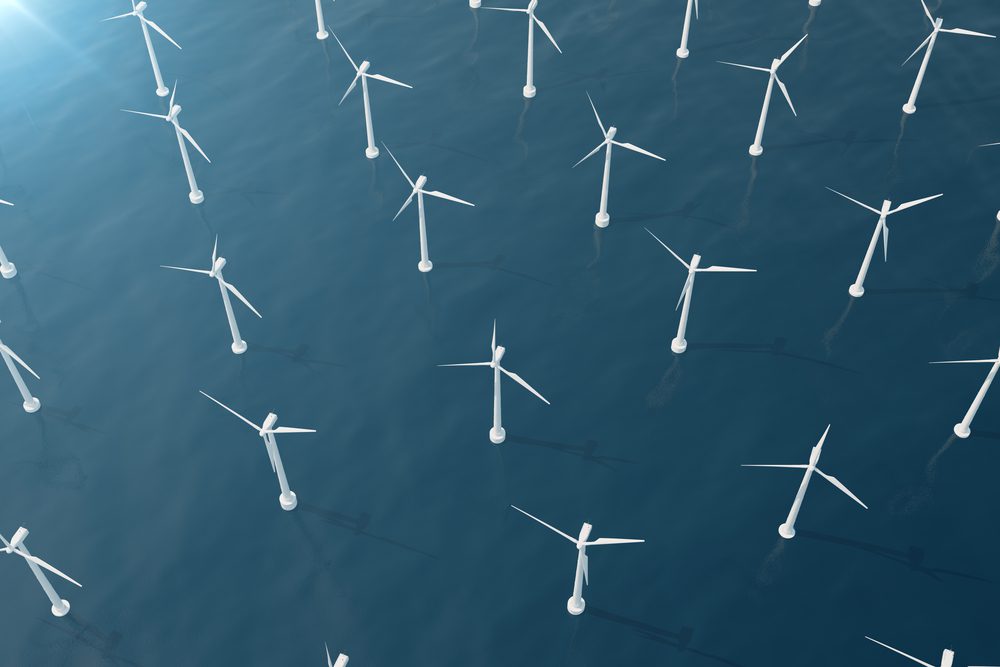Map of East China Sea Dispute. Source: US Department Of Energy
China and Japan sat down for talks and agreed to jointly develop a natural gas field under the East China Sea, defusing a dispute between Asia’s biggest economies over who owns the reserves. That was in 2008.
The accord, hailed as a model for cooperation at the time, has yet to be carried out and the countries now face a new territorial dispute, also in the East China Sea. The quarrel over who owns the uninhabited islands called Diaoyu by China and Senkaku by Japan is again linked to a prize beneath the ocean that may hold enough oil to keep China running for 45 years.
China is the world’s largest energy consumer and is running out of oil because its aging onshore fields cannot keep pace with near double-digit economic growth. By the end of this decade, the country will need to import more than 60 percent of its crude compared with about 50 percent now and one third of its natural gas, according to estimates from China Petroleum & Chemical Industry Federation.
“China has to look for offshore fields to deliver the energy supply it needs as onshore fields are exhausted,” said Lin Boqiang, director of the China Center for Energy Economics Research at Xiamen University in Fujian province.
Japanese Prime Minister Yoshihiko Noda yesterday called for talks to contain economic damage from the diplomatic dispute with China. He reiterated that the islands are “Japan’s inherent territory” in an interview with Bloomberg News.
Saudi-Sized Reserves?
The sea east of China may hold as much as 160 billion barrels of oil and the South China Sea213 billion, according to Chinese studies cited by the U.S. Energy Information Administration. The EIA says those figures are too high and has its own estimate for the East China Sea of as much as 100 million barrels.
While drilling will be needed to confirm the size of the resource and what is recoverable, China’s estimates are larger than the confirmed reserves in Saudi Arabia of 265 billion barrels and would be enough to meet the country’s needs for a century based on 2011 consumption data provided by BP Plc. (BP/)
Gaining control over the largely untapped areas in the South China and East China Seas would help China avoid Japan’s postwar energy model, where its security is largely staked on oil tanker supplies originating 7,700 kilometers (4,800 miles) from Tokyo in the Middle East.
“China is concerned about the long term,” said Hooman Peimani, principal fellow at the National University of Singapore’s Energy Institute. “Many of its suppliers are Arab countries and in North Africa, which are facing serious problems.”
Mideast Imports
The country is being forced to buy more from the Middle East, importing a record 35.5 million tons of crude from Saudi Arabia, its biggest supplier, in the first eight months of this year, according to data compiled by Bloomberg. The amount was 10 percent higher than the same period last year and the bill came to $29 billion.
That’s gaining ground on Japan, Asia’s third-biggest energy consumer, which also gets most of its oil from Saudi Arabia. Japan spent $34.8 billion in January to August to buy 40.2 million tons of crude oil from the Middle Eastern country, according to data compiled by the Ministry of Finance.
The disputed area of the East China Sea is about 81,000 square miles, or almost the size of the U.S. state of Kansas, according to a Sept. 25 report by the Energy Information Administration in the U.S. The two nations have different measures of defining sea boundaries, both based on the 1982 UN Convention on the Law of the Sea.
Japan defines its boundary as the exclusive economic zone extending westward from its southern Kyushu and Ryukyu islands while China uses the principle of the natural extension of its continental shelf.
Gas Field
Signing of the 2008 gas field development agreement seemed to offer a model for cooperation in the area. The field, known as Chunxiao in Chinese and Shirabaka in Japanese, is about 309 kilometers from the disputed islands.
The agreement “proves that Japan and China can solve difficulties together,” Masahiko Komura, Japan’s foreign minister at the time, told reporters in Tokyo on June 18, 2008.
China regards the agreement as “conducive to stability” and “in line with the fundamental interests of the two countries,” Foreign Ministry spokeswoman Jiang Yu said in a statement on the ministry’s website the same day.
Even with the breakthrough on paper, joint development at the site never started.
“The attempt at co-production hasn’t been successful so far,” said Euan Graham, senior fellow at the S. Rajaratnam School of International Studies in Singapore. “The encouraging thing for the future is that it’s very difficult for any one side to develop the fields by itself. It would make much more economic sense to go at it together.”
’Tipping Point’
China is projected to be the leading consumer of oil from the Middle East in the future,’’ Graham said. “That is kind of the tipping point. Owning resources is very important.”
Because of a lack of naval supremacy, China wants energy it can tap within its own territories instead of relying on oil tankers — that’s why they’re very serious about the South China Sea, Singapore University’s Peimani said. They don’t want to be dependent on imports as with Japan’s economy, he said.
China National Offshore Oil Corp. has been told not to comment on the issue, said an official at the company who declined to be named because of the order. China National is the parent ofCnooc Ltd. (883), the country’s biggest offshore oil producer that built a drilling platform at the East China Sea field. The company isn’t pumping gas from the field at the moment, the official said.
Liu Xiaobiao, a Cnooc spokesman, didn’t answer four calls to his office line and mobile phone seeking comment.
Inpex Partner
Oil explorer Inpex Corp. (1605) was Japan’s partner for Cnooc to develop the gas field under the 2008 deal. Inpex has no further information on the development, Keisuke Yano, a spokesman for the company, said Sept. 28 by phone. The company is awaiting a decision from the Japanese and Chinese governments to go ahead with the project based on the 2008 agreement, Yano said.
Discussions on joint development of the gas field are stalled, said an official at Japan’s Ministry of Economy, Trade and Industry, asking not to be named because he was not authorized to speak to the media. Japan has asked to restart the talks, and China has not responded, the official said.
Zeng Yachuan, a Beijing-based spokesman at the National Energy Administration, didn’t answer two calls to his office seeking a response to the METI comment.
Shi Qingfeng, a Beijing-based spokesman at State Oceanic Administration, was not available for comment, according to an official who answered his office phone on Oct. 10. The official refused to give his name. A fax sent to Shi’s office didn’t receive a response.
Oil Estimates
Estimates of oil and gas deposits in the East China Sea are based on a geological survey by the UN Economic Commission for Asia and Far East in 1969. The commission said the underwater shelf around the disputed islands may be “extremely rich” in oil reserves.
In the early 1970s, the finding brought to a head claims by China, Japan and Taiwan of sovereignty of the five islets and three barren rocks, largely ignored since the end of World War II.
“The geophysical structure suggests it’s a hotbed for oil’s formation, but more drilling is needed before definite conclusions can be made,” said Gordon Kwan, Hong Kong-based head of energy research at Mirae Asset Securities Ltd. “Personally I’m optimistic that oil and gas reserves in the region should be very rich.”
The above article was written by Aibing Guo in Hong Kong and Rakteem Katakey in New Delhi for Bloomberg News. The following historical information is provided by the US Department of Energy.
History Of The Daioyu/Senkaku Islands
The Daioyu/Senkaku Islands consist of five uninhabited islets and three barren rocks. Approximately 120 nautical miles southwest of Okinawa, the islands are situated on a continental shelf with the Xihu/Okinawa trough to the south separating them from the nearby Ryukyu Islands.
Japan assumed control of Taiwan and the Daioyu/Senkaku islands after the Sino-Japanese War in 1895. Upon Japan’s defeat in World War II, Japan returned Taiwan to China, but made no specific mention of the disputed islands in any subsequent document.
For several decades after 1945, the United States administered the islands as part of the post-war occupation of Okinawa. The islands generated little attention during this time, though U.S. oil companies conducted minimal exploration in the area. In 1969, a report by the UN Committee for Coordination of Joint Prospecting for Mineral Resources in Asian Offshore Areas (CCOP) indicated possible large hydrocarbon deposits in the waters around the Daioyu/Senkaku islands, reigniting interest in the area. Although China had not previously disputed Japanese claims, the PRC claimed the islands in May 1970 after Japan and Taiwan held talks on joint exploration of energy resources in the East China Sea. When the United States and Japan signed the Okinawa Reversion Treaty returning the disputed islands to Japanese control as part of the Okinawa islands, both the PRC and Taiwan challenged the treaty.
China claims the disputed land based on historic use of the islands as navigational aids. In addition, the government links the territory to the 1895 Shimonoseki Peace Treaty that removed Japanese claims to Taiwan and Chinese lands after World War II.
Japan claims that it incorporated the islands as vacant territory (terra nullius) in 1895 and points to continuous administration of the islands since that time as part of the Nansei Shoto island group. According to the Japanese, this makes ownership of the islands a separate issue from Taiwan and the Shimonoseki treaty. Japan cites the lack of Chinese demands on the area prior to 1970 as further validation for its claim.

 Join The Club
Join The Club










